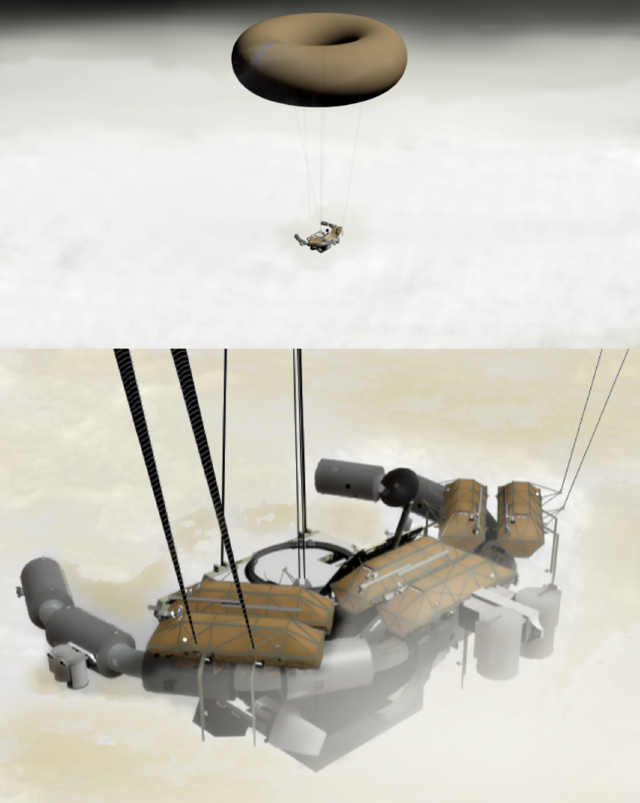IBM investing $3 billion to create 7 nanometer and beyond technology over the next 5-10 years to Quantum Computing, Neurosynaptic Computing, Silicon Photonics, Graphene and more
IBM announced it is investing $3 billion over the next 5 years in two broad research and early stage development programs to push the limits of chip technology needed to meet the emerging demands of cloud computing and Big Data systems. These investments will push IBM’s semiconductor innovations from today’s breakthroughs into the advanced technology …






